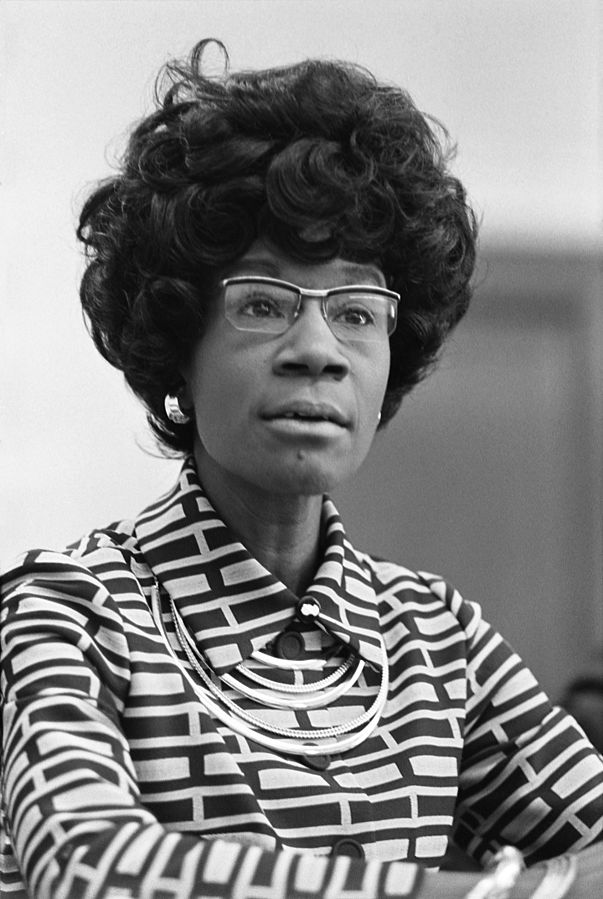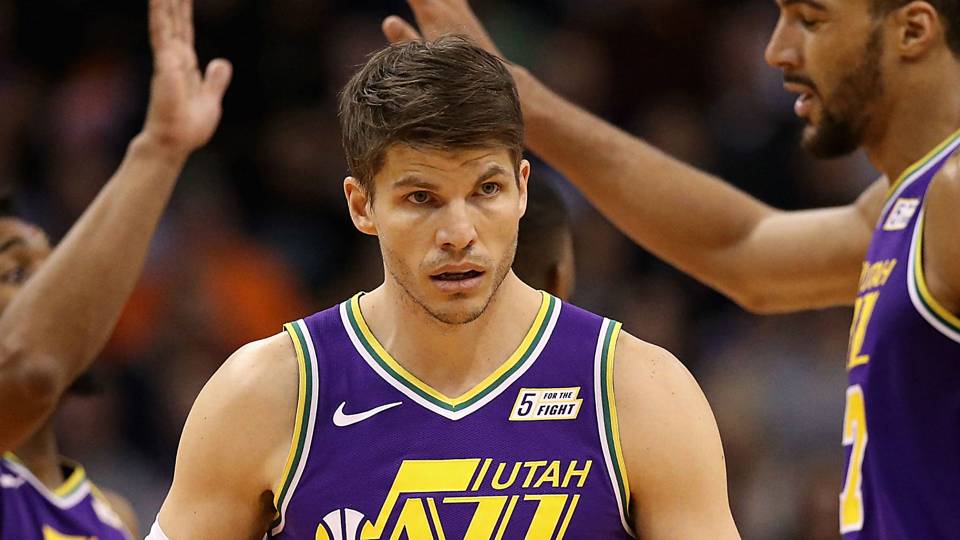
The term “Jim Crow” is used to describe a series of customs and laws that were used to repress African Americans in the segregated south. These laws allowed whites to treat African Americans as “less than”. It took many years for Jim Crow laws to be changed.
Jim Crow was a fictional character developed by a white actor named Thomas Dartmouth Rice. In the early 1830’s, Rice developed a minstrel act in which he wore blackface and played a character named Jim Crow. He would act like an uneducated, bumbling old black man. Rice performed his show all over the United States and Great Britain. Whites that went to see the show gave it high praise and soon, the name Jim Crow was used as a derogatory term to describe any African American.
While the Jim Crow minstrel act by Rice eventually died out, the dehumanizing phrase didn’t. As the southern states dealt with emancipated African Americans that had been held as slaves, they needed a way to keep their lifestyle the same as it always was. In came Jim Crow laws, laws that prohibited blacks from doing simple things such as using the drinking fountain and going to the movies. These laws were designed to limit African American civil liberties and rights.
Jim Crow laws allowed for segregation in schools, stores and public transportation. It would take a long hard fight to get those customs and laws changed. It would take countless sit-ins, protest rides and nonviolent action to get the U.S. government to see the plight of black American citizens in the south. It also required white people to reject southern tradition and stand up for what was right. It took people like Joan Trumpauer Mulholland to walk into the unknown with their convictions.
While Jim Crow laws might be gone, prejudice and racism are still alive and well. It’s our job to call out injustice when we see it and teach the children around us to do the same. Let us not shy away from history because it feels uncomfortable. We need to face that uncomfort, acknowledge it and let it change how we treat the people around us.




